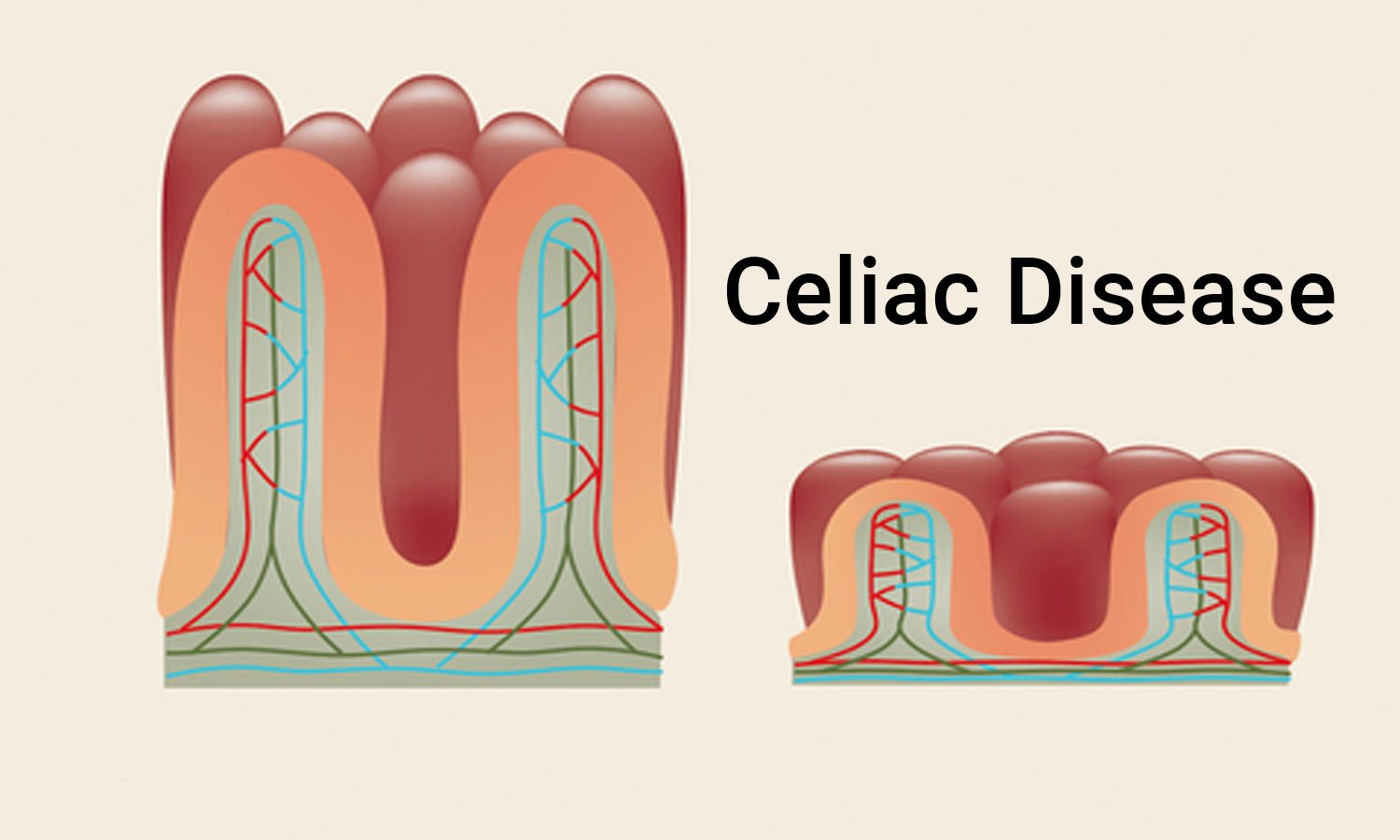A 33-Year-old woman presents to the emergency with diffuse, cramping abdominal pain, nausea and vomiting that began this morning. The abdominal pain is diffuse throughout and the patient also describes her abdomen as looking slightly enlarged. She has a history of chronic pancreatitis, as well as a cholecystectomy and two cesarean sections. The patient states that she has had flatus but no bowel movements since the pain began. On physical examination, there is diffuse abdominal distention and high- pitched bowel sounds without rebound tenderness of guarding present. Given the clinical picture and upright x-ray of the abdomen shown in the image, which of the following is the most likely diagnosis?

- Colon cancer
- Mesenteric ischemia
- Pancreatitis
- Small bowel obstruction
Answer
Right answer is option 4
Explanation
The most common causes of small bowel obstruction include peritoneal adhesions (from previous abdominal surgery). The abdominal pain typically presents with nausea and/or vomiting, and patients may have a distended abdomen along with high-pitched bowel sounds. Supine and upright x-ray of the abdomen are useful in making the diagnosis because dilated loops of small bowel can be seen, along with air-fluid levels and lack of gas in the colon.
Some patients with partial small bowel obstruction can initially be treated conservatively with close observation, intravenous fluids, and a nasogastric tube for proximal decompression. However, patients with peritoneal signs should be taken to the operating room for surgical decompression and repair.
The acute onset of diffuse abdominal pain and emesis in a patient with a history of previous abdominal surgeries supports a diagnosis of small bowel obstruction more than colon cancer. Although tumors and cancers of the small bowel can cause obstruction, it is unlikely that colon cancer would produce the history, physical examination findings, and radiographic findings noted in this case.
Mesenteric ischemia may present with abdominal pain, nausea, and vomiting; however, the radiographic findings are not typically seen in a patient with mesenteric ischemia. In addition, the majority of cases of mesenteric ischemia occur in older patients who have cardiac abnormalities or atherosclerosis.
Patients with a diagnosis of pancreatitis may present with diffuse abdominal pain, nausea, and vomiting; however, the radiographic findings are not typically seen in a patient with pancreatitis.





